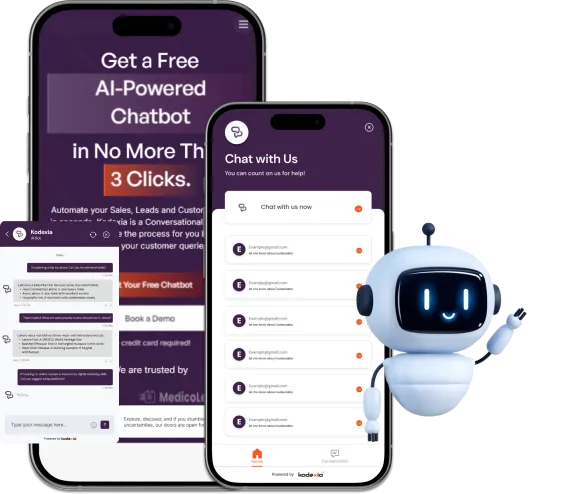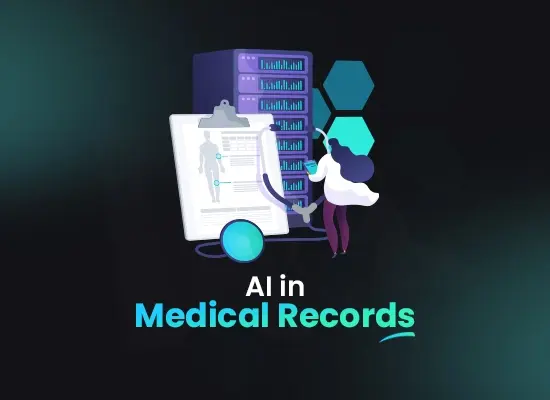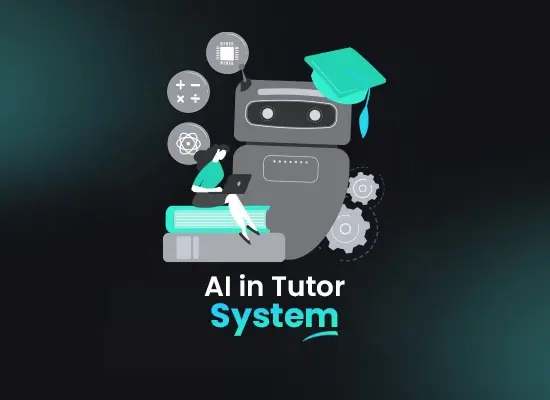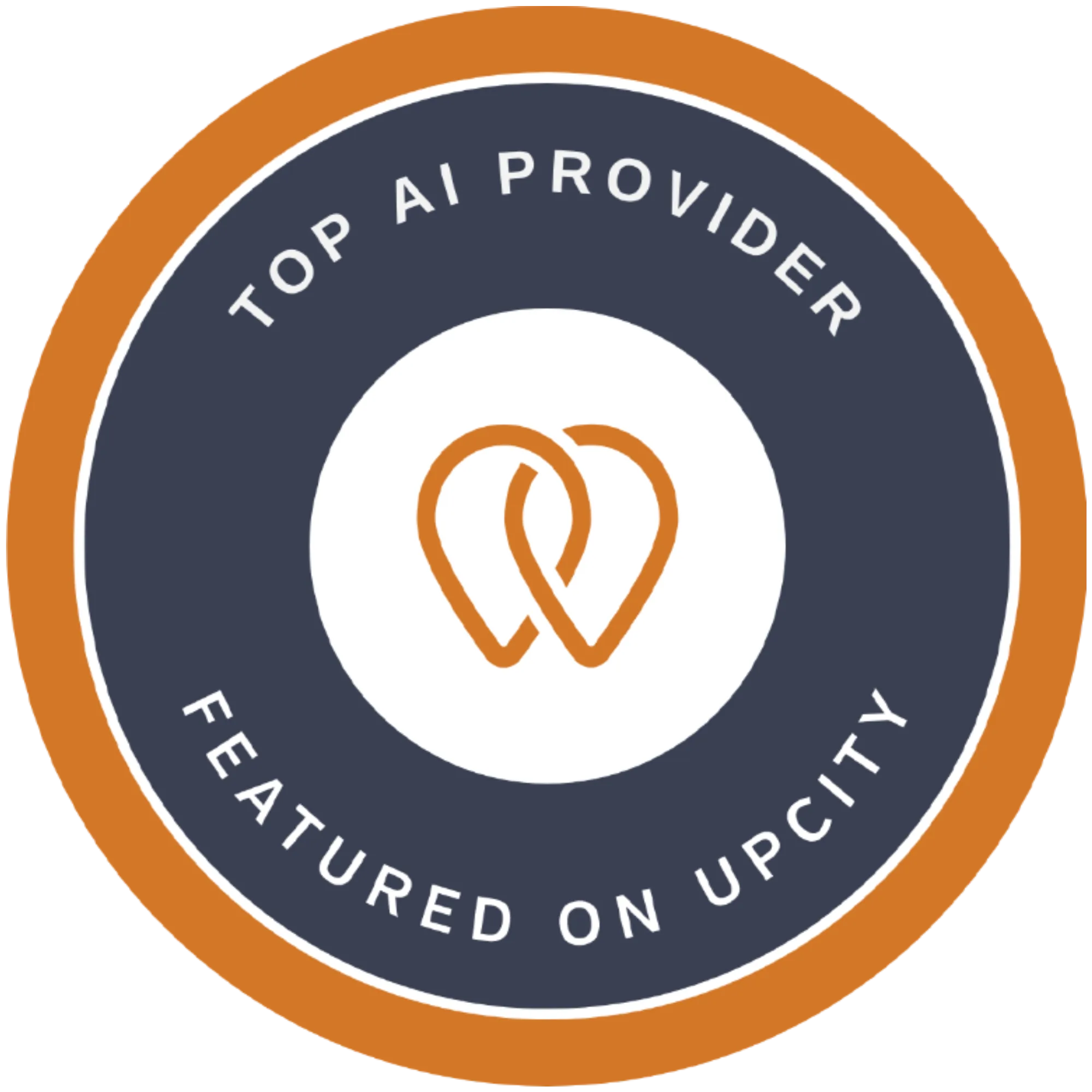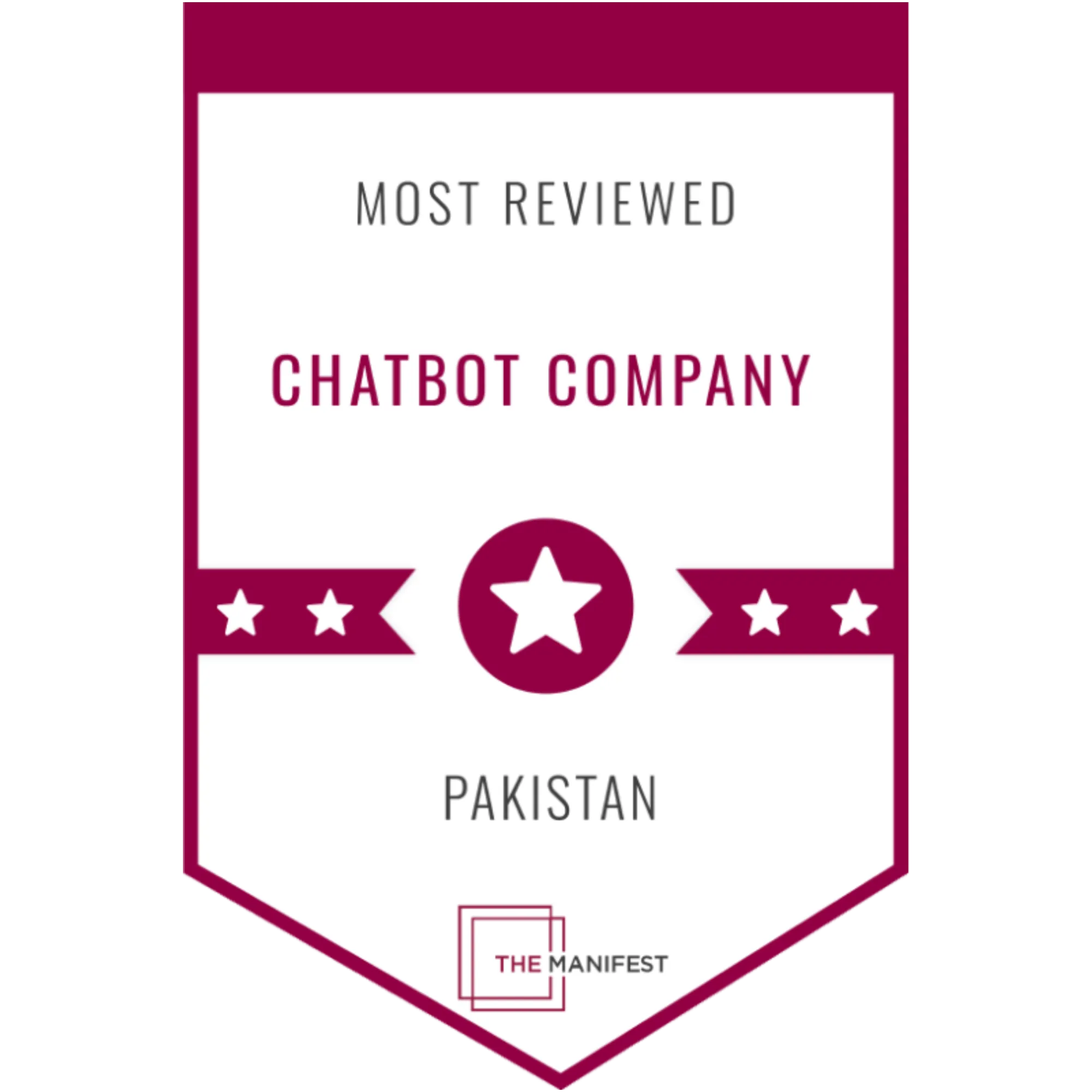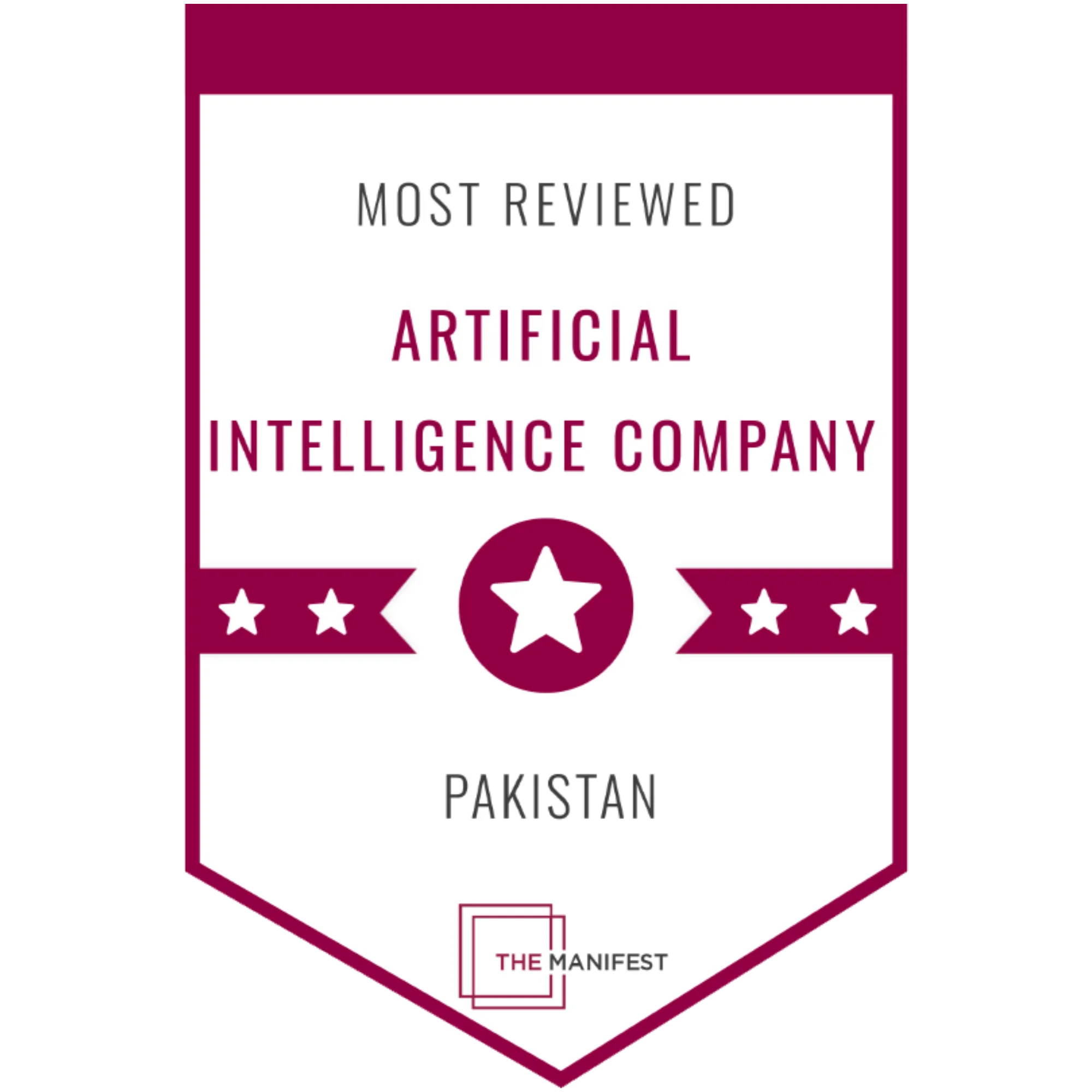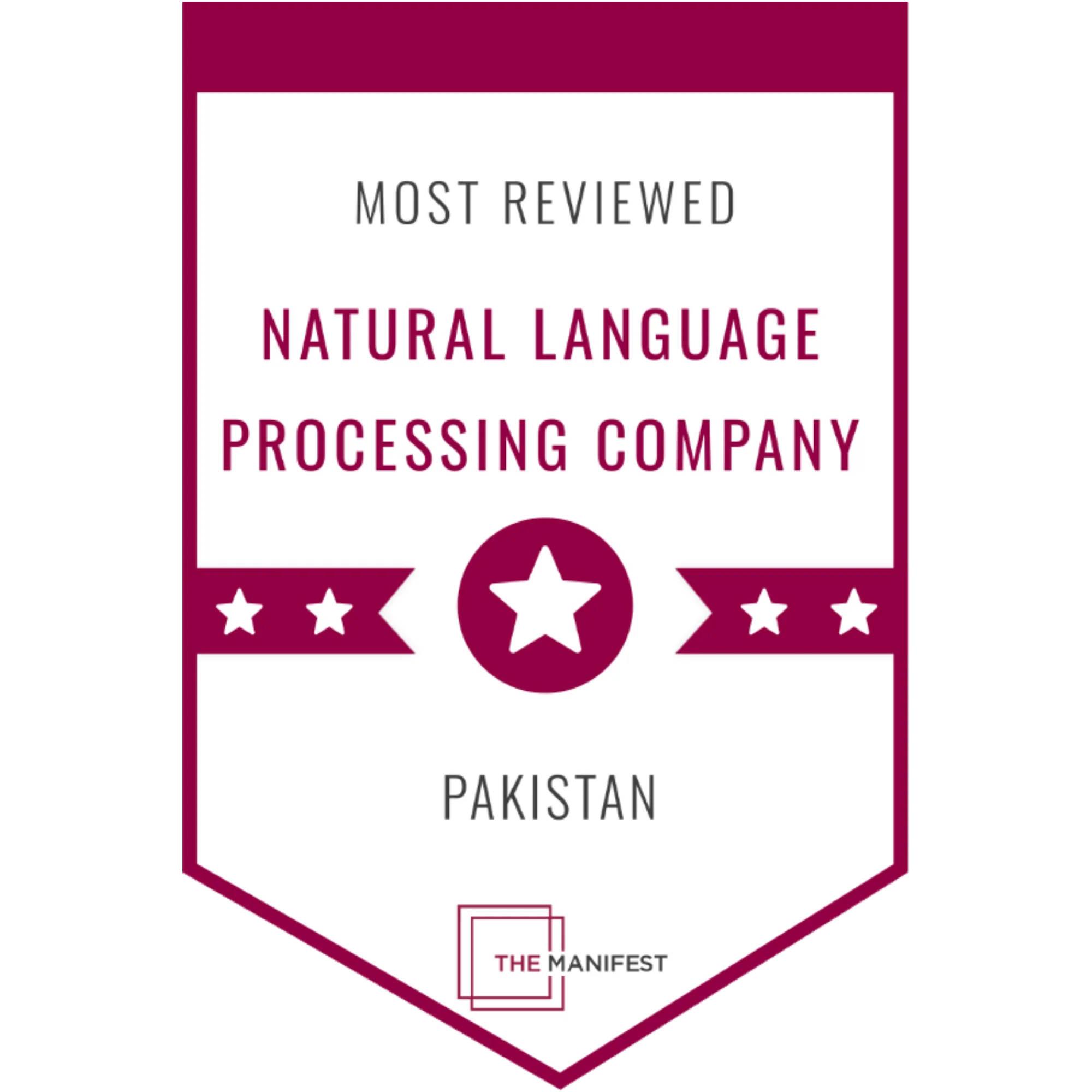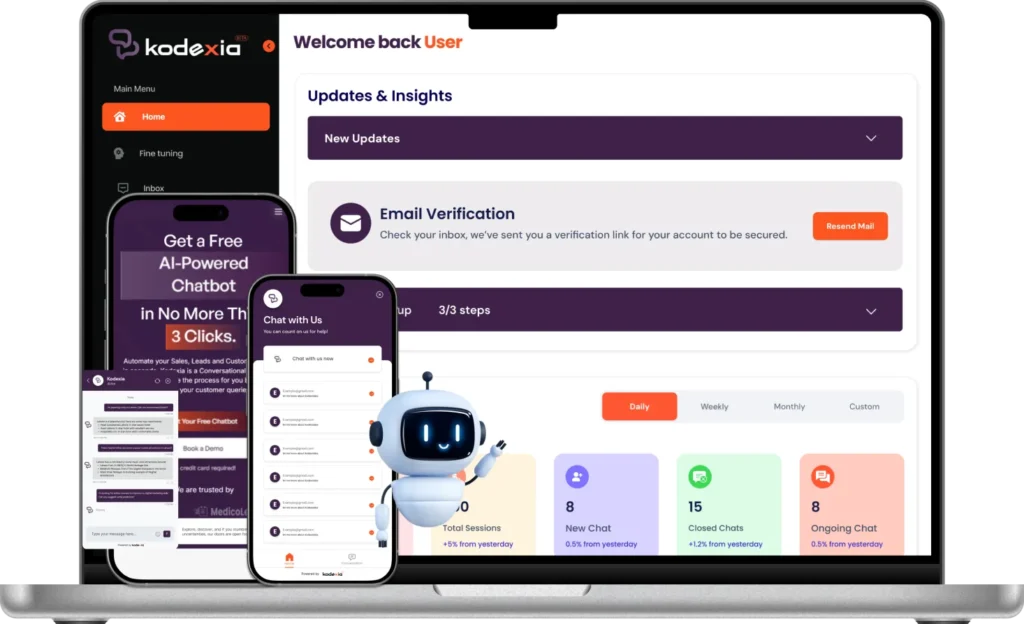Llama 3 – Meta Launches its Top of the Notch Language Model to Assist
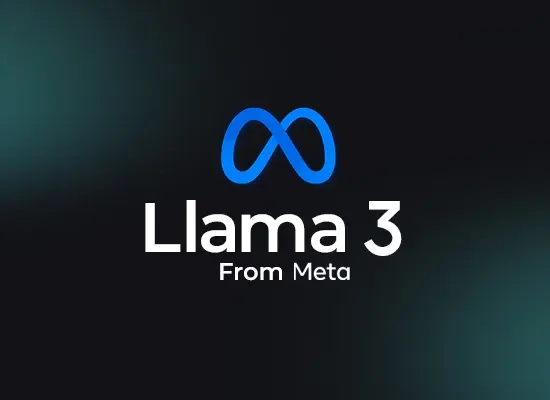
Contents
Meta AI has taken a leap forward with Llama 3, their latest large language model. This powerful AI boasts impressive performance on benchmarks, rivalling closed-source models from Google and Anthropic. Offered in open-source versions, Llama 3 is designed to be accessible for research and development, with Meta aiming to foster collaboration within the AI community.
What is Llama?
Llama isn’t just a cute, fuzzy animal anymore. In the world of artificial intelligence, Llama refers to a series of large language models (LLMs) developed by Meta, formerly known as Facebook. These models are trained on massive amounts of text data, allowing them to understand and generate human language with exceptional capability. The latest iteration, Llama 3, represents a significant leap forward in Meta’s machine learning achievements.
Llama 3 boasts several advantages over previous versions. Firstly, it’s available in two sizes: 8 billion and 70 billion parameters. More parameters generally translate to better performance on complex tasks. Additionally, each size comes in two variations: a base model and an instruction-tuned version. The base model is a general-purpose powerhouse, while the instruction-tuned version is specifically designed to excel at tasks like following instructions and carrying on conversations. This makes Llama 3 highly versatile and adaptable to various applications.
The benefits of LLMs like Llama 3 extend far beyond simple conversation. These models can be used for tasks like machine translation, code generation, and even creative writing. Meta AI, a new AI assistant powered by Llama 3, exemplifies this versatility. Meta AI can be found integrated into Facebook, Instagram, WhatsApp, and Messenger, offering users a powerful tool for communication, information retrieval, and even creative exploration.
The development of Llama the Third signifies Meta’s commitment to pushing the boundaries of meta machine learning. By making these models openly available, Meta fosters collaboration and innovation within the AI community. As Llama continues to evolve, we can expect even more impressive applications that leverage the power of language to enhance our lives.

What is the difference between Llama 2 and Llama 3?
Meta AI, a division of Meta dedicated to pushing the boundaries of machine learning, has made significant strides in the realm of large language models (LLMs) with the release of Llama 3. LLMs are essentially complex AI systems trained on massive amounts of text data, allowing them to generate text, translate languages, write different kinds of creative content, and answer your questions in an informative way. Think of them as super-powered chatbots with a vast knowledge base and the ability to process information and respond in a comprehensive way.
So, how does Llama 3 differ from its predecessor, Llama 2? Meta AI boasts that Llama 3 represents a major leap forward. For one, Llama 3 comes in two base sizes: 8 billion and 70 billion parameters. In the world of LLMs, more parameters generally translate to better performance. These new models were trained on a dataset a staggering seven times larger than what Llama 2 used. This vast amount of data allows Llama 3 to better understand the nuances of language and complete tasks with more accuracy.
Benchmarks, which are standardized tests used to compare the performance of LLMs, show that Llama 3 outshines Llama 2 in various areas. This includes performance on tasks like question answering, creative writing, and code generation. Meta claims that the 70 billion parameter Llama 3 even surpasses other high-profile models like OpenAI’s GPT-3.5 and Google’s own LLM, including me!
The benefits of Large Language Models like Llama 3 extend far beyond simply having a more advanced chatbot. Meta AI envisions Llama 3 being integrated into various applications, potentially assisting with scientific research, improving communication across languages, and even creating new forms of art and entertainment. The development of LLMs like Llama 3 is a testament to Meta AI’s commitment to pushing the boundaries of machine learning and its potential to revolutionize how we interact with technology.
Are Meta Large Language Models more efficient than Google’s?
The race for the most efficient and powerful large language models (LLMs) is heating up. In this competition, Meta AI, Facebook’s parent company’s research lab, has thrown its hat in the ring with its latest offering – Llama 3. This meta large language model boasts impressive capabilities and claims to challenge established players like Google. But are Meta’s LLMs truly more efficient than Google’s?
Meta claims that Llama 3, despite having fewer parameters compared to some of Google’s models, can outperform them on specific benchmarks. This efficiency advantage seems to stem from several factors. Firstly, Meta uses a more streamlined approach to processing language. Their tokenizer, a program that breaks down text into understandable units for the LLM, has a more efficient vocabulary, allowing Llama 3 to process information faster. Secondly, Meta has focused on using a high-quality, massive dataset to train Llama 3. This 15 trillion token dataset, seven times larger than its predecessor, allows Llama 3 to learn from a wider range of information and perform tasks more effectively.
There are other benefits to consider when evaluating LLM efficiency. While raw processing power is important, factors like accessibility and cost also play a role. Here, Meta’s open-source approach with Llama shines. Unlike some of Google’s LLM offerings, Llama 3 is freely available for developers to use and experiment with. This open approach fosters innovation and allows developers to tailor the model for specific tasks, potentially leading to even greater efficiency gains.
The battle for LLM supremacy is far from over. Both Meta AI and Google are constantly innovating. While benchmarks currently suggest that Meta’s Llama 3 might have an edge in efficiency for certain tasks, Google might respond with advancements of their own. Ultimately, this competition benefits everyone. As these meta large language models become more efficient and powerful, the potential applications across various fields, from scientific research to creative content generation, become even more exciting.
5 Reasons to Choose Meta AI over Gemini AI:
Large language models (LLMs) are revolutionizing the way we interact with technology. They can generate text, translate languages, write different kinds of creative content, and answer your questions in an informative way. If you’re looking to leverage the benefits of large language models for your project, Meta AI, with its powerhouse “Llama 3” model, could be a strong contender. Here’s why:
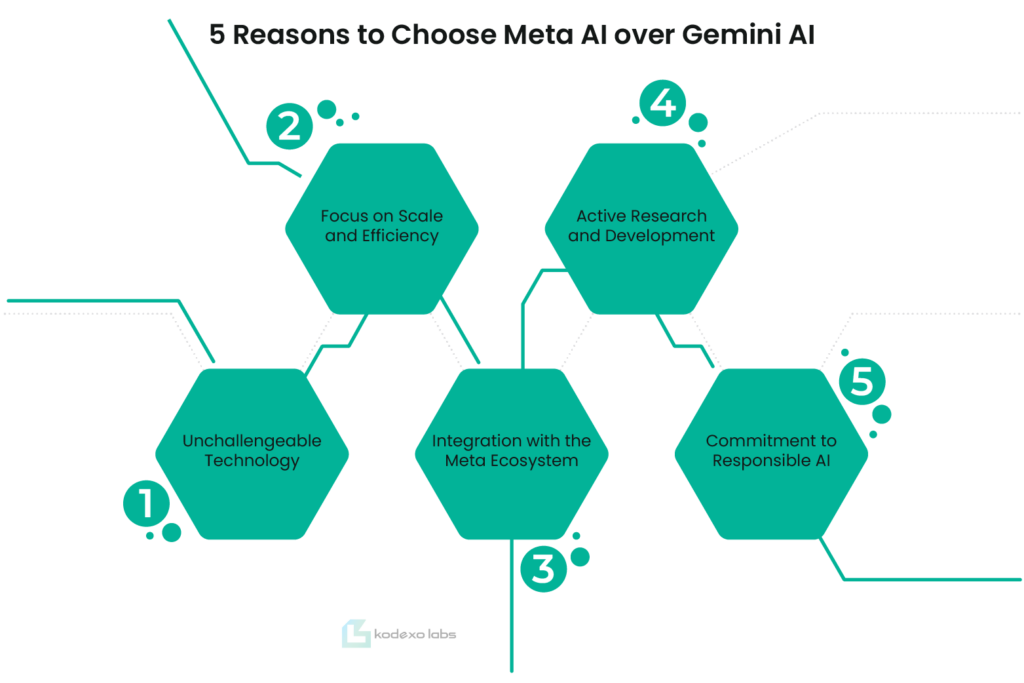
1- Unchallengeable Technology:
Meta AI is at the forefront of meta machine learning, constantly pushing the boundaries of what LLMs can do. Their flagship model, Llama 3, boasts immense capabilities. Compared to other models, it can process information and respond to prompts with a higher degree of accuracy and nuance. This translates to more reliable and insightful results for your specific needs.
2- Focus on Scale and Efficiency:
Meta AI prioritizes building large language models that are not only powerful but also efficient. Llama 3, for instance, is designed to be scalable, meaning it can handle massive datasets and complex tasks without compromising on speed. This efficiency is crucial for real-world applications, where processing time and resource usage are important factors.
3- Integration with the Meta Ecosystem:
If you’re already invested in the Meta ecosystem, choosing Meta AI for your LLM needs offers a significant advantage. Their technology can seamlessly integrate with other Meta products and services, creating a unified and streamlined workflow. This fosters better data exchange and collaboration within your existing infrastructure.
4- Active Research and Development:
Meta AI is heavily invested in research and development, constantly innovating, and improving its meta large language models. This ongoing dedication translates into regular updates and advancements for users. By choosing Meta AI, you’ll be tapping into a constantly evolving platform that stays ahead of the curve.
5- Commitment to Responsible AI:
Meta AI understands the importance of responsible development and use of LLMs. They actively work on mitigating potential biases and ensuring ethical practices within their models. If responsible AI is a core value for your project, Meta AI’s commitment to ethical development can be a deciding factor.
While both Meta AI and Gemini AI are strong players in the LLM field, Meta AI’s focus on cutting-edge technology, efficiency, integration with its ecosystem, continuous AI and Machine Learning development, and commitment to responsible AI make it a compelling choice for projects seeking powerful, reliable, and future-proof solutions.
Benefits of LLMs:
Large language models (LLMs) are making waves in various fields, offering a range of benefits that are transforming how we work and interact with information. Let’s delve into some of the key advantages LLMs bring to the table.
One of the most prominent benefits of LLMs is their ability to automate tasks. By analysing vast amounts of data, LLMs can handle repetitive tasks that involve language processing, such as text summarization, translation, and content creation. This frees up human workers to focus on more complex and creative endeavours, boosting overall efficiency.
LLMs also excel in communication enhancement. They can translate languages with greater accuracy and context-awareness, fostering smoother communication across cultures. Additionally, LLMs can be used to create chatbots that answer customer inquiries and provide support, improving the customer experience.
Furthermore, LLMs hold immense potential for boosting creativity. They can generate different creative text formats, from poems and code to scripts and musical pieces. This can inspire new ideas and serve as a springboard for human creativity in various domains.
The benefits of LLMs extend to personalized experiences as well. LLMs can analyse user data and preferences to tailor content, recommendations, and educational materials to individual needs. This personalization can lead to a more engaging and effective user experience.
Overall, LLMs are a powerful new technology with the potential to revolutionize various aspects of our lives. From automating tasks and enhancing communication to fostering creativity and personalizing experiences, LLMs are poised to make a significant impact on the way we work, learn, and interact with the world around us.
9 Ways to use LLMs for Your Business:
Large language models (LLMs) are a type of artificial intelligence with the ability to process and generate human-like text. These advanced models are rapidly transforming various industries, and businesses can leverage them to gain a competitive edge. Here are nine key applications of LLMs that can benefit your organization:

1- Content Creation:
LLMs can streamline content creation by generating different creative text formats, from product descriptions and social media posts to marketing copy and website content. They can analyse data and user preferences to craft targeted content that resonates with your audience.
2- Enhanced Customer Service:
LLMs can power chatbots that answer customer inquiries efficiently, reducing wait times and improving overall satisfaction. They can also personalize interactions by understanding customer sentiment and tailoring responses accordingly.
3- Market Research and Analysis:
LLMs can analyse vast amounts of customer reviews, social media conversations, and market research data to identify trends and gain insights into customer preferences. This allows businesses to make data-driven decisions and develop targeted marketing strategies.
4- Product Development and Innovation:
LLMs can be used to analyse user feedback and product reviews to identify areas for improvement and generate creative ideas for new product features or functionalities.
5- Improved Efficiency and Productivity:
LLMs can automate repetitive tasks such as data entry, document summarization, and report generation. This frees up employee time to focus on more strategic initiatives.
6- Personalized Marketing and Sales:
LLMs can personalize marketing campaigns and sales pitches by analysing customer data and tailoring messaging to individual needs and preferences.
7- Content Localization and Translation:
LLMs can translate content accurately and efficiently, making it easier to reach a global audience. They can also localize content to specific regions by adapting language and cultural references.
8- Improved Legal and Regulatory Compliance:
LLMs can be used to analyse legal documents and regulations to ensure compliance. They can also identify potential risks and help businesses develop mitigation strategies.
9- Code Generation and Software Development:
LLMs can assist programmers by generating code snippets or completing routine coding tasks. This can significantly improve development speed and efficiency.
By incorporating LLMs into their operations, businesses can unlock a range of benefits, from enhanced customer service and improved content creation to increased efficiency and product innovation. As LLM technology continues to evolve, we can expect even more transformative applications to emerge in the future.
How to implement LLMs in your Business Model in 5 steps?
Large Language Models (LLMs) have the potential to revolutionize businesses across industries. But how do you leverage this powerful technology? Here’s a breakdown of the key steps to implement LLMs in your business model:
1- Identify the Right Use Case:
First, pinpoint areas in your operations where LLMs can add value. Can they automate tasks in customer support? Generate creative content for marketing campaigns? Analyse vast amounts of data for improved decision-making? Focus on tasks that are repetitive, rule-based, or involve large amounts of text data.
2- Choose the LLM Champion:
Not all LLMs are created equal. Research available models and select one that best suits your needs. Consider factors like the LLM’s capability for handling complex tasks, the specific industry it’s trained on, and the computational resources required to run it.
3- Data is King:
LLMs thrive on data. Gather high-quality data relevant to your chosen use case. This may involve cleaning and pre-processing existing data or acquiring new data sets. Remember, the quality of your data directly impacts the accuracy and effectiveness of your LLM.
4- Integration is Key:
LLMs need to seamlessly integrate with your existing workflows and systems. Plan how the LLM will interact with other tools and software your business uses. This ensures a smooth transition and minimizes disruption to your operations.
5- Monitor and Refine:
Implementing an LLM is an ongoing process. Continuously monitor the LLM’s performance using relevant metrics like accuracy, response time, and user satisfaction. This allows you to identify areas for improvement and fine-tune the LLM for optimal results.
By following these steps, you can effectively implement LLMs in your business model and unlock a new wave of efficiency, innovation, and growth. Remember, ethical considerations and responsible data practices are crucial throughout this process.
4 Ways to How AI and LLMs Have a Good Impact on Your ROI?
AI and LLMs (Large Language Models) have the potential to significantly improve your Return on Investment (ROI) across various aspects of your business. Here’s how:

1- Increased Efficiency and Automation:
AI and LLMs can automate repetitive tasks currently handled by employees, freeing them up for more complex work. This can significantly reduce labour costs and improve overall process efficiency. For instance, AI-powered chatbots can answer customer inquiries, reducing the need for a large customer service team. LLMs can automate content creation tasks like writing reports or social media posts, saving time and resources.
2- Enhanced Data Analysis and Decision Making:
AI excels at analysing vast amounts of data to identify patterns and trends that humans might miss. LLMs can process information from various sources and generate reports or summaries, aiding in better decision-making. This can lead to improved marketing campaigns, custom product development strategies, and risk management.
3- Improved Customer Experience:
AI chatbot integration can provide 24/7 customer support, while LLMs can personalize marketing messages and content based on individual customer preferences. This can lead to higher customer satisfaction, loyalty, and potentially increased sales.
4- Innovation and New Product Development:
AI can be used to generate new ideas and concepts for products and services. LLMs can help with tasks like brainstorming, creating product descriptions, or writing marketing copy. This can lead to a more innovative and competitive business.
It’s important to remember that achieving a positive ROI with AI and LLMs requires careful planning and implementation. You’ll need to identify the right use cases for your business, invest in training data, and monitor the results to ensure the technology is delivering the desired impact. However, done correctly, AI and LLMs can be powerful tools for boosting your ROI and gaining a competitive edge.
What to remember when choosing the best LLM Model?
Choosing the ideal Large Language Model (LLM) for your needs isn’t about finding the absolute strongest one. There are many factors to consider, and the best model will depend on what you specifically want it to accomplish. Here are some key things to remember when selecting an LLM:
Task Performance:
First and foremost, how well does the LLM perform the specific task you have in mind? This could be anything from generating different creative text formats to translating languages. Look for benchmarks or comparisons that test the model on tasks like yours.
Resource Constraints:
LLMs can be computationally expensive to run. Consider the resources you have available, such as processing power and memory. There may be a trade-off between a highly powerful model and the computational resources required to use it effectively.
Scalability:
If you anticipate a growing workload, you’ll need an LLM that can handle increased demands. Some models are designed to be easily scaled up or down based on your needs.
Customizability:
Can the LLM be fine-tuned to perform better on your specific data or domain? This can be crucial if you’re working in a specialized field with unique terminology or requirements.
Ethical Considerations:
All AI models have the potential for bias, and LLMs are no exception. Be aware of the potential biases in the training data used for the LLM and choose a model that aligns with your ethical values.
By carefully considering these factors, you can select an LLM that is both effective and efficient for your specific needs.

How can Kodexo Labs help you get the best Large Language Model for your Business?
All AI models have the potential for bias, and LLMs are no exception. Be aware of the potential biases in the training data used for the LLM and choose a model that aligns with your ethical values.
By carefully considering these factors, you can select an LLM that is both effective and efficient for your specific needs.

